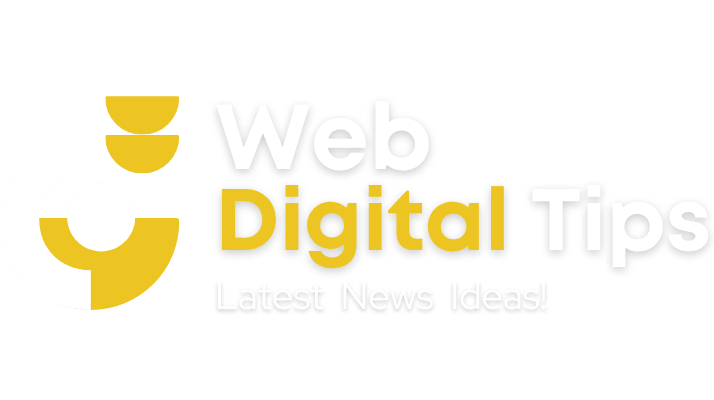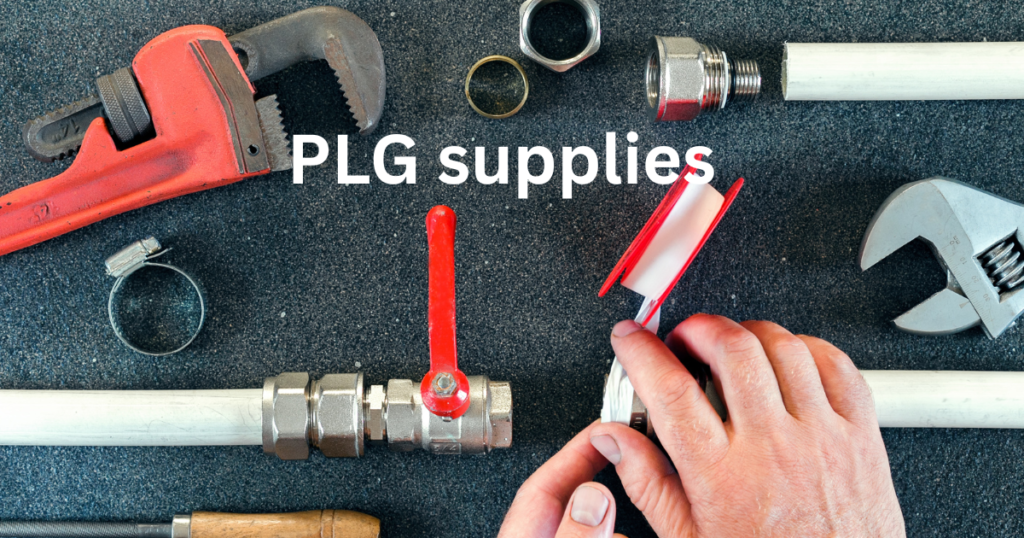Introduction to the Product-Led Growth (PLG) Landscape
In today’s competitive digital marketplace, Product-Led Growth (PLG) has emerged as a dominant strategy reshaping how businesses operate, scale, and succeed. PLG prioritizes the product as the core driver of acquisition, retention, and expansion. As a result, PLG supplies—the tools, software, systems, and integrations that support product-led strategies—are in high demand. Companies investing in PLG supplies are not only gaining traction faster but also delivering more value to users earlier in the customer journey.
Why PLG Supplies Are Reshaping Business Infrastructure
PLG is fundamentally about giving users instant value through the product itself. Therefore, PLG supplies must empower teams to optimize user onboarding, track engagement, enable feedback loops, and trigger expansion tactics.
Key categories in PLG supplies include:
- Customer Onboarding Platforms
- Product Analytics Tools
- User Feedback Systems
- Product-Led Revenue Software
- In-App Messaging Solutions
The surge in demand for these supplies correlates directly with the rise of self-serve models, the decline of sales-led funnels, and the necessity for data-driven decision-making at every stage of the user lifecycle.
Top Trends Influencing the PLG Supplies Ecosystem
1. Embedded Onboarding Solutions for Seamless UX
Modern PLG businesses are ditching generic onboarding flows. They now rely on interactive onboarding platforms like Appcues, Userpilot, and Pendo. These tools are tailored to offer:
- In-app guidance
- Contextual product tours
- Progress tracking widgets
- Customized onboarding based on user segments
These onboarding supplies are not just enhancing first impressions—they are increasing activation rates by over 40% in top-performing PLG companies.
2. Real-Time Product Analytics is Non-Negotiable
Data-driven growth is the hallmark of PLG. Therefore, real-time product analytics tools like Mixpanel, Amplitude, and Heap are no longer optional. These tools allow product managers to:
- Visualize the entire user journey
- Identify drop-off points
- Track feature adoption
- Predict churn probability
The precision and granularity offered by these PLG analytics supplies are now considered mission-critical.
3. Customer Feedback Loops Are Getting Shorter
To improve rapidly, PLG companies must integrate continuous feedback directly into the product. Feedback platforms like Canny, UserVoice, and Typeform are being embedded to:
- Capture NPS scores
- Collect feature requests
- Conduct micro-surveys
- Facilitate user-generated roadmaps
Shorter feedback loops mean faster development iterations, higher user satisfaction, and more aligned product strategies.
4. In-App Communication Is Driving Expansion Revenue
PLG relies heavily on in-app upsell and cross-sell tactics. Tools like Intercom, Chameleon, and Gainsight PX enable product teams to:
- Launch behavior-triggered messages
- Promote premium features at high-intent moments
- Offer limited-time upgrades
- Educate users within the product
These PLG supplies drive expansion revenue by up to 60% compared to traditional email nurturing.
5. Self-Serve Infrastructure is Becoming Standard
A core tenet of PLG is enabling users to do everything themselves—from signup to scaling. Therefore, companies are investing in:
- Robust knowledge bases (e.g., HelpDocs, Notion)
- Automated support bots
- Self-serve pricing and billing platforms (e.g., Stripe, Paddle)
- Frictionless account management portals
These supplies reduce customer success costs while scaling growth efficiently.
Key Benefits of Leveraging PLG Supplies Effectively
Accelerated Time to Value
With intelligent onboarding and real-time guidance, users realize value within minutes. This leads to higher activation and engagement rates, directly impacting conversion.
Lower Customer Acquisition Cost (CAC)
When the product sells itself, the need for heavy marketing or sales spending diminishes. PLG supplies reduce CAC by enabling organic, viral, and user-driven growth loops.
Increased Retention and LTV
Through feedback-driven development and in-app education, users are more likely to stick with and expand usage of the product. This boosts lifetime value (LTV).
Scalable, Predictable Growth
By investing in scalable PLG infrastructure, companies unlock growth mechanisms that compound over time—without increasing overhead proportionally.
Challenges in the PLG Supply Chain and How to Overcome Them
Despite the advantages, PLG implementation isn’t without its hurdles. Common challenges include:
- Tool fragmentation
- Data silos
- Lack of internal alignment
- Over-reliance on automation
To overcome these, businesses must:
- Adopt integrated PLG platforms (e.g., Productboard or Gainsight)
- Establish cross-functional OKRs centered around product metrics
- Use centralized data pipelines to unify analytics
These steps ensure your PLG supply stack supports rather than hinders growth.
How to Choose the Right PLG Supplies for Your Business
When selecting from the growing number of tools available, focus on:
- Ease of implementation
- Integration with your current stack
- Depth of customization
- Security and compliance support
- Vendor support and training
It’s crucial to pilot tools across real user scenarios before committing long-term. A modular, test-and-learn approach is ideal.
Future Outlook: AI-Powered PLG Supplies
The next generation of PLG supplies will be AI-driven, enabling:
- Predictive onboarding flows
- Personalized feature surfaces
- Automated churn detection
- Dynamic in-app content adaptation
Companies at the forefront of this shift are already integrating machine learning algorithms into their PLG workflows to maximize efficiency and scale hyper-personalization.
Conclusion: Embrace the Rise of PLG Supplies Now
The PLG revolution isn’t slowing down. As more businesses prioritize user-first experiences, the tools that enable them—PLG supplies—will continue to define the winners in SaaS and beyond. To stay ahead, organizations must strategically invest in the right tools, integrate them cohesively, and relentlessly focus on delivering value through the product itself.



